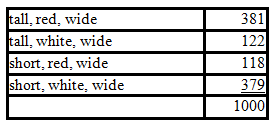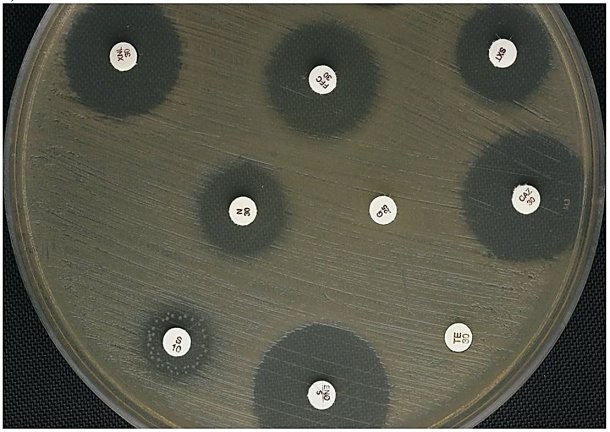What had to occur in the B. megaterium cultures exposed to UV light for extended periods of time, in order for growth to appear on the plates after 24-48 hours?
A) Thymine dimers must not have formed during the exposure to UV light.
B) Endospores must have entered the vegetative cycle.
C) Bacterial cells must have been resistant to UV light
B) Endospores must have entered the vegetative cycle.
You might also like to view...
Humans cannot survive at sea by drinking salt water. However, marine vertebrates such as sea turtles and various sea birds can survive by drinking salt water. What do they have that humans do not?
A. kidneys that are extremely good at producing a concentrated urine. B. body fluid concentrations that are similar to or greater than those of seawater. C. the ability to secrete salts and wastes into their intestinal contents like an insect. D. They use ammonia as their primary nitrogenous waste. E. salt glands.
What is the genotype of the tall plant that has red flowers and wide leaves?
In peas, tall (T) is dominant to short (t), red flowers (R) is dominant to white flowers (r), and wide leaves (W) is dominant to narrow leaves (w). A tall plant that has red flowers and wide leaves is crossed to a short plant that has white flowers and narrow leaves. The resulting progeny are shown in the table.

A) T R W / t r w
B) T R W / t r W
C) T R W / T R W
D) T R W / T r w
E) T r W / t R W
During which time period did the animal in the accompanying figure appear?

a. Jurassic
b. Triassic
c. Permian
d. Devonian
e. Cretaceous
 Examine the diffusion susceptibility plate results shown in Figure 10.2. Propose an explanation for the appearance of the zone around the S/10 disk, and discuss the implications for therapeutic use of this antibiotic for the pathogen tested.
Examine the diffusion susceptibility plate results shown in Figure 10.2. Propose an explanation for the appearance of the zone around the S/10 disk, and discuss the implications for therapeutic use of this antibiotic for the pathogen tested.
What will be an ideal response?